AWS News Blog
AWS Load Balancer Update – Lots of New Features for You!
|
|
The AWS Application Load Balancer (ALB) and Network Load Balancer (NLB) are important parts of any highly available and scalable system. Today I am happy to share a healthy list of new features for ALB and NLB, all driven by customer requests.
Here’s what I have:
- Weighted Target Groups for ALB
- Least Outstanding Requests for ALB
- Subnet Expansion for NLB
- Private IP Address Selection for Internal NLB
- Shared VPC Support for NLB
All of these features are available now and you can starting using them today!
It’s time for a closer look…
Weighted Target Groups for ALB
You can now use traffic weights for your ALB target groups; this will be very helpful for blue/green deployments, canary deployments, and hybrid migration/burst scenarios. You can register multiple target groups with any of the forward actions in your ALB routing rules, and associate a weight (0-999) with each one. Here’s a simple last-chance rule that sends 99% of my traffic to tg1 and the remaining 1% to tg2:
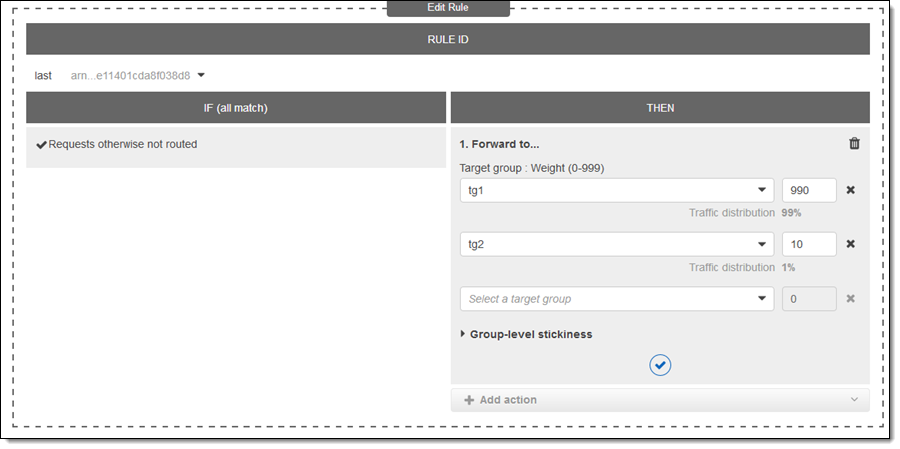
You can use this feature in conjunction with group-level target stickiness in order to maintain a consistent customer experience for a specified duration:
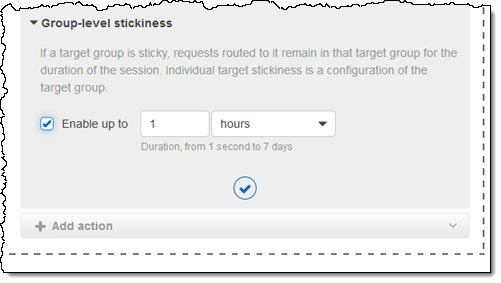
To learn more, read about Listeners for Your Load Balancers.
Least Outstanding Requests for ALB
You can now balance requests across targets based on the target with the lowest number of outstanding requests. This is especially useful for workloads with varied request sizes, target groups with containers & other targets that change frequently, and targets with varied levels of processing power, including those with a mix of instance types in a single auto scaling group. You can enable this new load balancing option by editing the attributes of an existing target group:
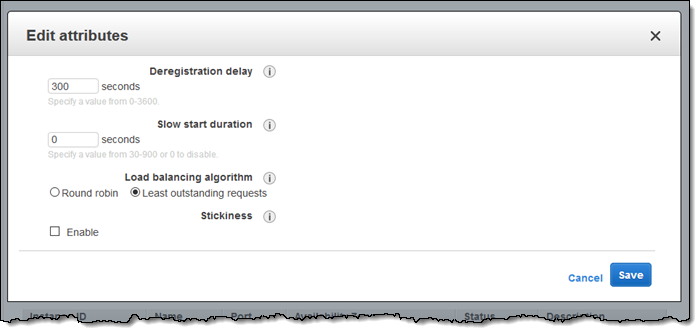
Enabling this option will disable any slow start; to learn more, read about ALB Routing Algorithms.
Subnet Expansion Support for NLB
You now have the flexibility to add additional subnets to an existing Network Load Balancer. This gives you more scaling options, and allows you to expand into newly opened Availability Zones while maintaining high availability. Select the NLB, and click Edit subnets in the Actions menu:
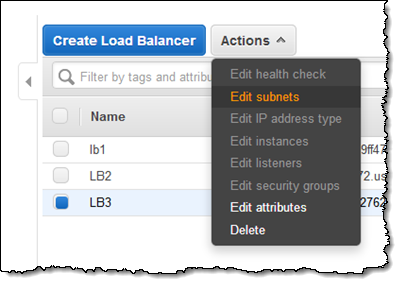
Then choose one or more subnets to add:
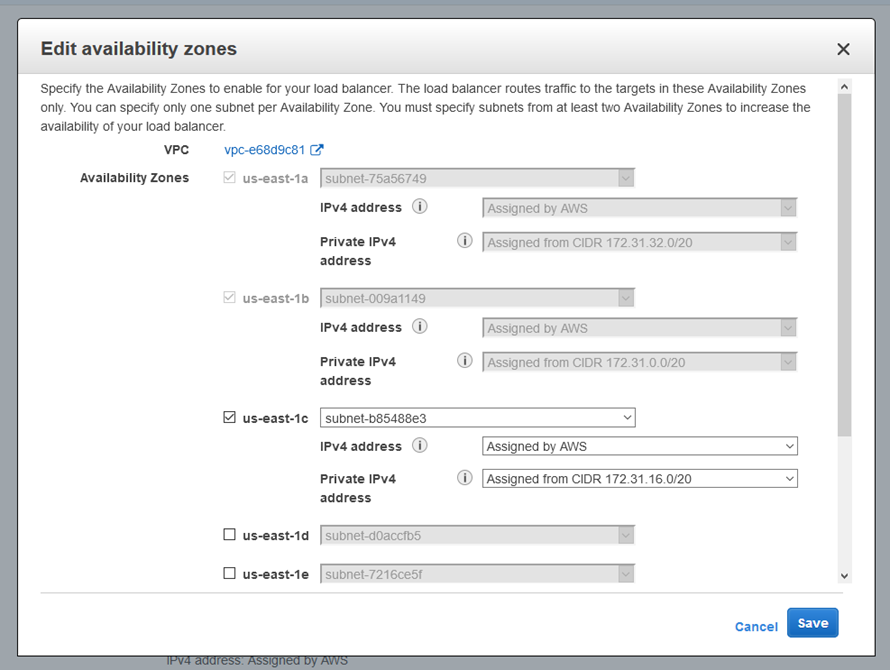
This is a good time to talk about multiple availability zones and redundancy. Since you are adding a new subnet, you want to make sure that you either have targets in it, or have cross-zone load balancing enabled.
Private IP Address Selection for Internal NLB
You can now select the private IPv4 address that is used for your internal-facing Network Load Balancer, on a per-subnet basis. This gives you additional control over network addressing, and removes the need to manually ascertain addresses and configure them into clients that do not support DNS-based routing:
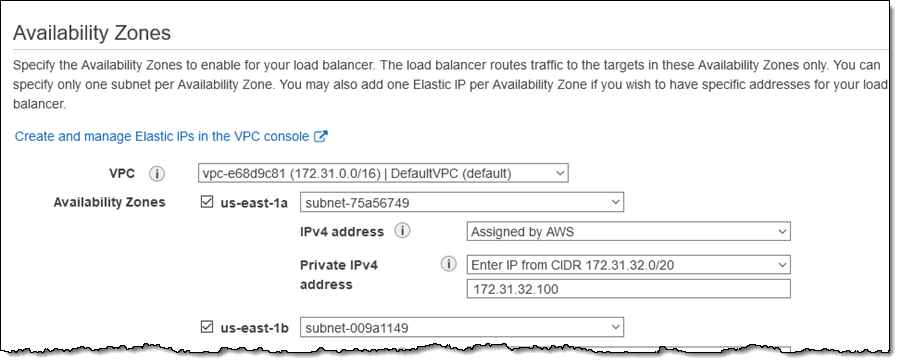
You can also choose your own private IP addresses when you add additional subnets to an existing NLB.
Shared VPC Support for NLB
You can now create NLBs in shared VPCs. Using NLBs with VPC sharing, you can route traffic across subnets in VPCs owned by a centrally managed account in the same AWS Organization. You can also use NLBs to create an AWS PrivateLink service, which will enable users to privately access your services in the shared subnets from other VPCs or on-premises networks, without using public IPs or requiring the traffic to traverse the internet.
— Jeff;
